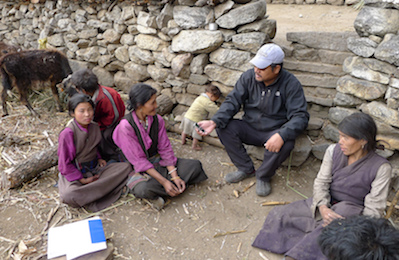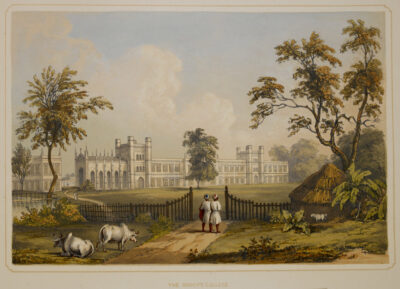Narratives of abuse and violence that women experience play a crucial role in prosecuting perpetrators. However, as Shonna Trinch explains in her contribution to the “Sexuality & Gender Studies Now” series, the representations of these narratives are susceptible to distortion by legal actors recording stories of said encounters or detail discrepancies on the part of victims. Building from her research on Latinas’ retellings of their abuse, Trinch argues these omissions create stereotypical and androcentric narratives that hurt women’s chances at justice and remove their agency. She concludes by highlighting the Seeing Rape project and class, programs she started alongside playwright Barbara Cassidy, to perform and problematize representations of gendered violence.













